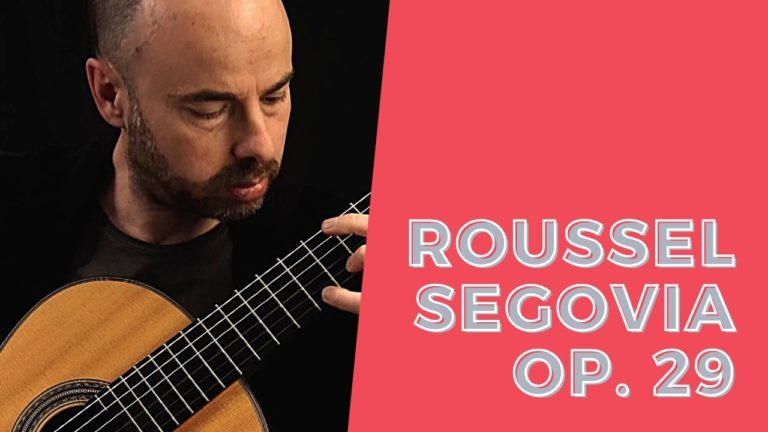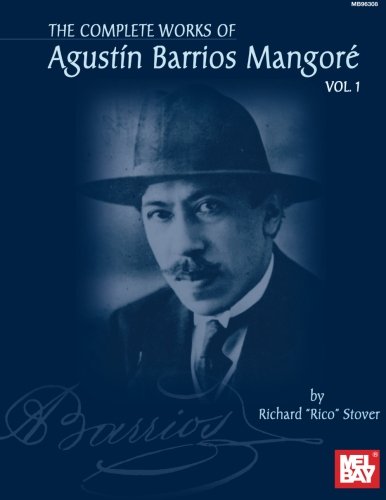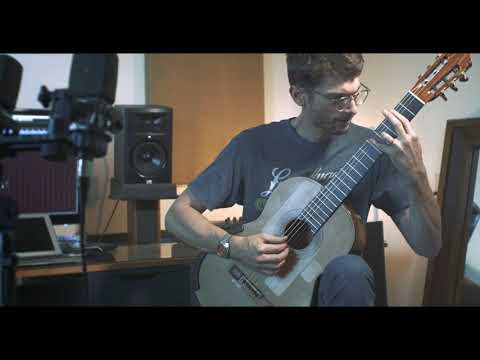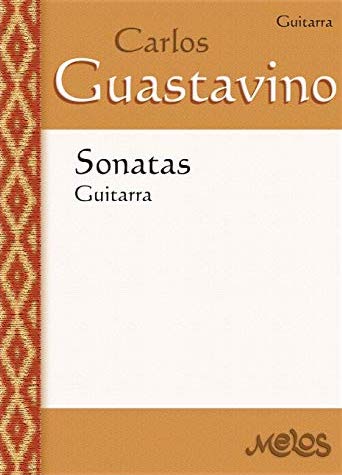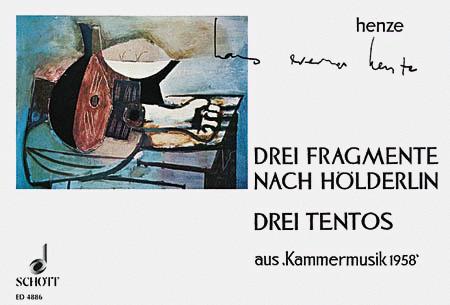
Drei Tentos from Kammermusik (1958) by Hans Werner Henze (1926–2012)
These famous short works for solo guitar come from Hans Werner Henze’s larger work Kammermusik (chamber music) written in 1958, and originally dedicated to Benjamin Britten. Kammermusik is a 12-movement chamber piece for tenor, guitar and eight instruments set to texts by the poet Friedrich Hölderlin. There are also three songs for tenor and guitar that come with the solo score of the work. The Drei Tentos (and Kammermusik) were premiered by guitarist Julian Bream and tenor Peter Pears, and are frequently performed alone as modern guitar repertoire. Henze’s compositional style changed over the years but the influence of the serial music around him and his loosening of the style with richly melodic lines, beautiful orchestration, and sensible musicality contrasted the music of his contemporaries. I love the ultra clear texture, pure sound on the guitar, and motivic richness of these works.
Sheet Music via SMP (comes with the three songs):
Henze says of the Drei Tentos:
An encounter between Germany and Greece in the vision of a poet who has clouds of madness around his head, and who stammers in fragments, with beautiful, seemingly dislocated phrases. – Hans Werner Henze on Kammermusik 1958 via Vivien Schweitzer, NYTimes
Like the other sections of the score, these three tentos or ricercares sound much as I imagine Greek music must have sounded and are characterized by the interplay of thematic structures and harmonic textures found throughout the piece as a whole: each of them functions as a nucleus that provides material for the rest of the piece. – Henze, Hans W. and Spencer, Stewart, Bohemian Fifths: An Autobiography (Princeton, N. J.: Princeton University Press, 1999).
Bream’s recording with score (the recording is properly licensed on Youtube, not sure about the score)
As David Truslove write in the notes of this Naxos album:
Henze’s Drei Tentos, three intermezzos, like the Drei Fragmente nach Hölderlin were also originally part of Kammermusik 1958 and are short, very approachable pieces that feature in every professional guitarist’s repertoire. The first piece, essentially lyrical, is characterized by a terseness of material based on a recurring four-note motif, with a high tessitura and a dynamic level that rarely rises above pianissimo. The second features driving rhythms that propel the semiquaver movement forward in the manner of Stravinsky. Lyricism returns in the third, this time with melodic contours of Neapolitan origin.
Josh Moore plays Drei Tentos via Guitar Salon International and their YouTube Channel.
John Duarte’s album notes to recording by guitarist Alice Artzt
The titles of the three interludes have some relevance to the ‘messages’ of songs they separate. The first “Du schönes Bächlein, despite its constant change of time-signature, has a serene flow and a crystalline clarity; it bubbles and chatters its way into the guitar’s highest register – a little brook that is not deep enough to touch the guitar’s lowest depths. The second, Es findet has Aug’ oft, is a curious, dissonant piece gathering energy as it progresses from a hesitating and discontinuous opening; though fragmented, the middle-section offers an almost songlike line. Henze has lived in Italy since 1953 and the third Tento is a ‘thank you’ to his host country – as Falla’s Psyche was to France . . . . This last Tento, an amiable contrast to the second, is a sunny little work that makes use of a Neapolitan song of Henze’s. – John Duarte, Album note to 20th Century Guitar Music, performed by Alice Artzt, guitar, Hyperion LP A66002, 1981
More reading: You can read much more about the pieces via this great masters paper: Julian Bream’s 20th Century Guitar: An Album’s Influence on the Modern Guitar Repertoire by Taylor Jonathon Greene. Check out pages 86 to 92 Musical elements of Drei Tentos

